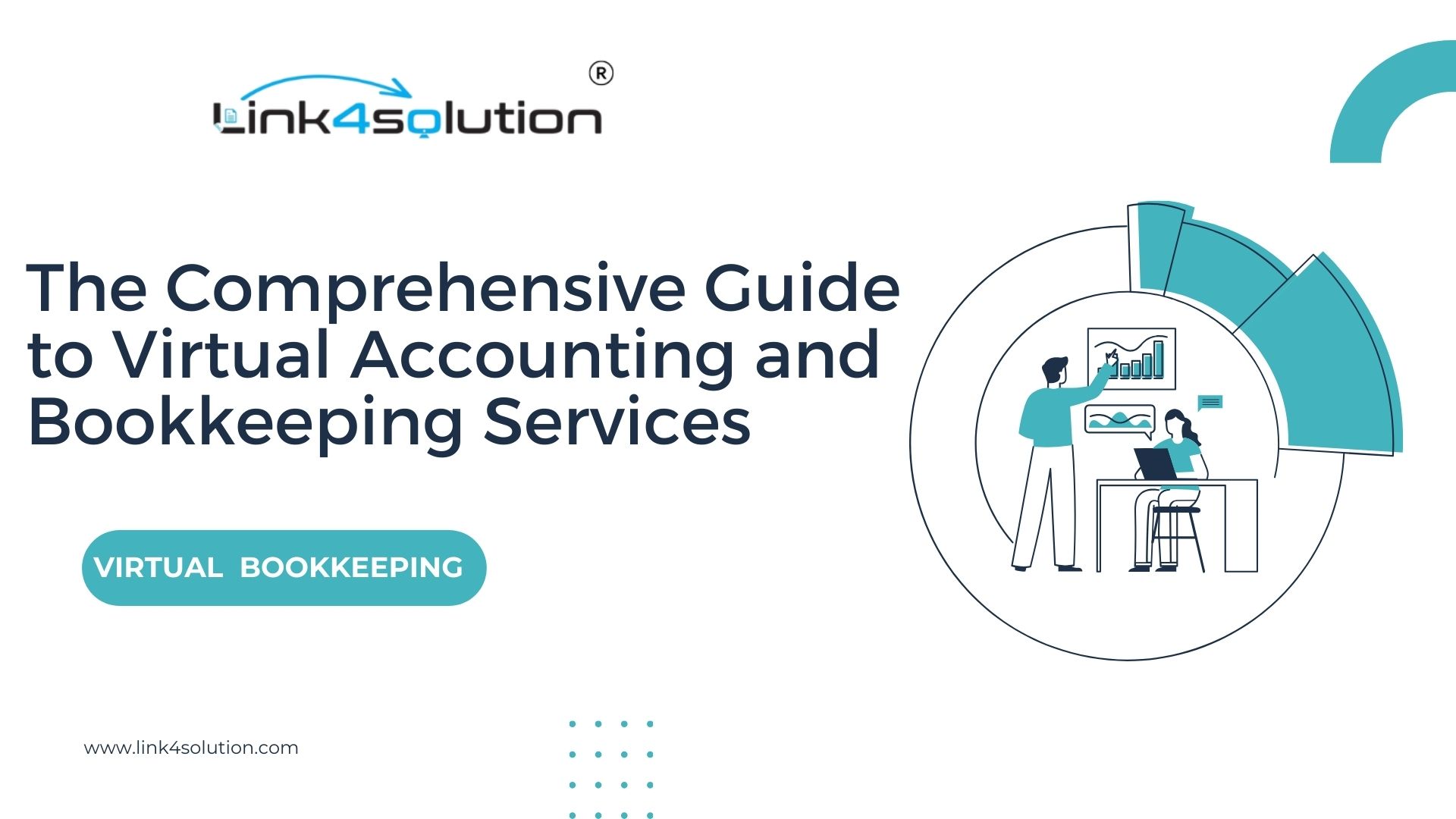Introduction
In the world of finance and business, recording transactions accurately is the bedrock of sound financial management. Whether you’re a business owner, an accountant, or someone interested in understanding the financial operations of a company, learning how to record business transactions is essential. This guide will walk you through the six straightforward steps to record a business transaction, demystify the process, provide in-depth information, and equip you with the knowledge needed to keep your financial records in impeccable order.
Step 1: Identify the Transaction
Before diving into the details of how to record business transactions, you must first identify the nature of the transaction. Transactions in business come in various forms, such as sales, purchases, expenses, and revenue. Accurate identification sets the foundation for correct bookkeeping.
Step 2: Gather Documentation
Gathering the necessary documentation is a vital step in the process. Documentation provides evidence of the transaction, crucial for supporting financial records and ensuring compliance with accounting and tax regulations.
Step 3: Open Your Accounting Software
In today’s digital age, recording accounting transactions often involves using specialized software. This step simplifies the process of recording and managing transactions, offering automation, accuracy, and real-time financial insights.
Step 4: Enter Transaction Details
Here, you will enter the transaction details into your chosen record-keeping system, including the date, description, amount, and the accounts affected. This step is critical for ensuring the accuracy of your financial records.
Step 5: Verify Accuracy
After entering the transaction, double-check the details for accuracy. Ensuring that the debits and credits balance is crucial, as it reflects the correctness of your financial data.
Step 6: Save and Reconcile
Once the transaction is entered and verified, save it in your record-keeping system. Regular reconciliation with external sources, like bank statements, ensures the ongoing accuracy and completeness of your records.
Advanced Tips for Recording Business Transactions
Investing in reputable accounting software, maintaining regular documentation, implementing internal controls, regularly reviewing financial statements, and considering automation can further enhance your financial record-keeping.
Challenges in Recording Business Transactions
The process can be complex, with challenges such as managing complicated transactions, cybersecurity risks, changing regulations, and human errors.
Conclusion*
Recording a business transaction is a fundamental aspect of financial management. Following these six steps will help maintain accurate financial records, ensuring compliance with tax regulations and enabling informed decision-making.




